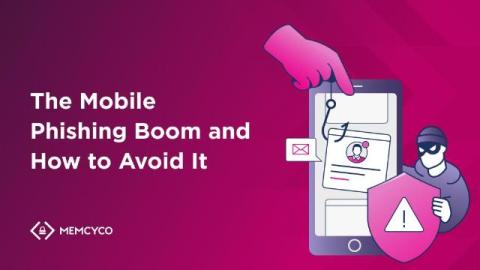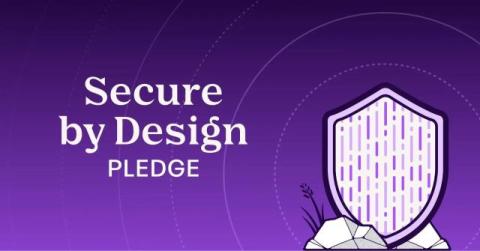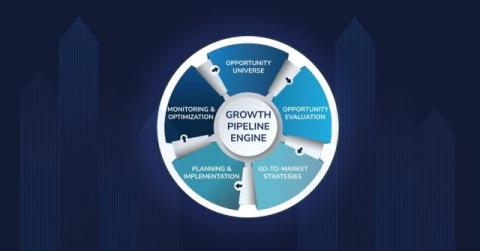Identity Under Siege: Responding to the National Public Data Breach
While the scale of this data breach is alarming – with 277 gigabytes of data reportedly stolen – it’s important not to panic. Instead, focus on taking concrete steps to protect yourself. Stay informed, be proactive in safeguarding your personal information, and remain vigilant for any signs of suspicious activity.











